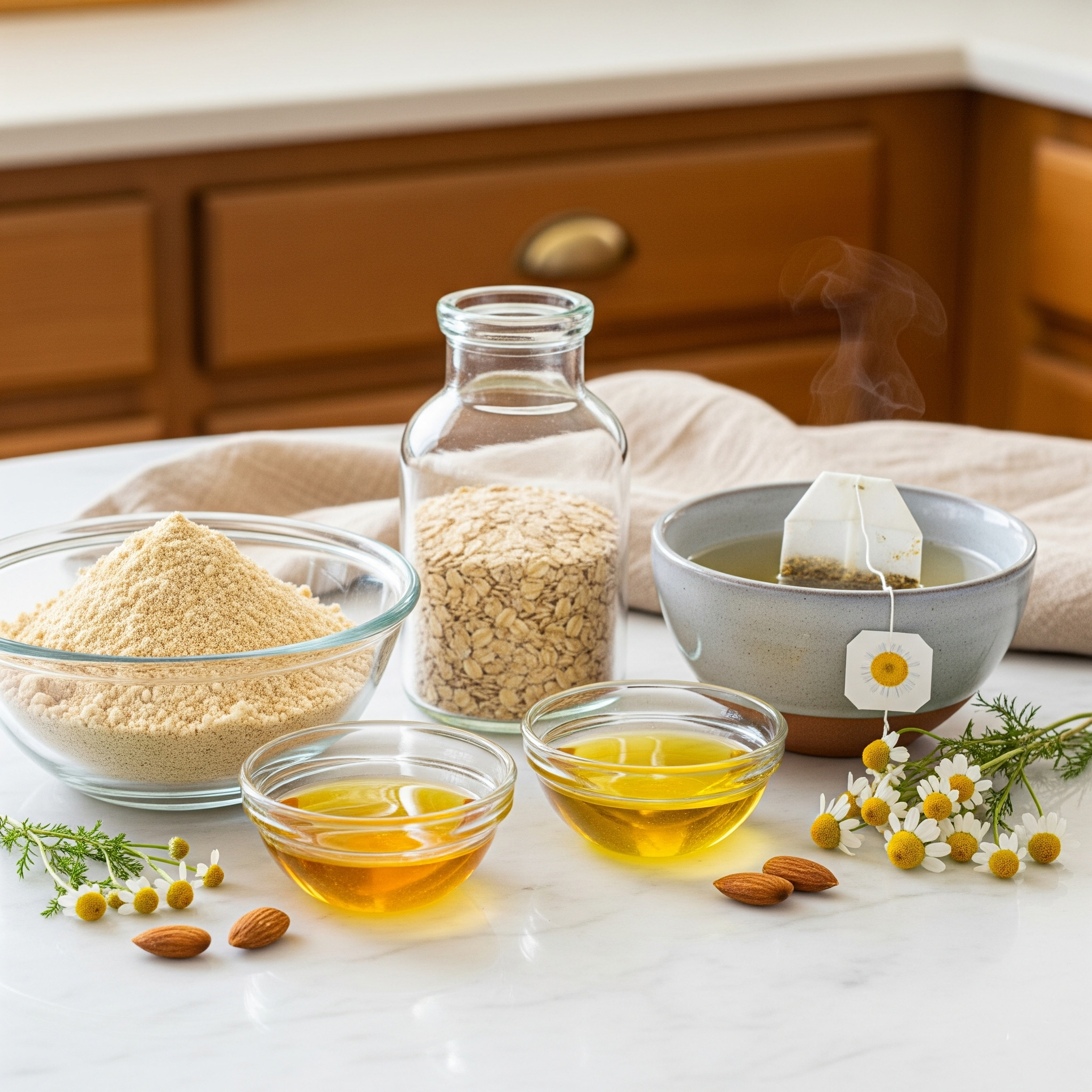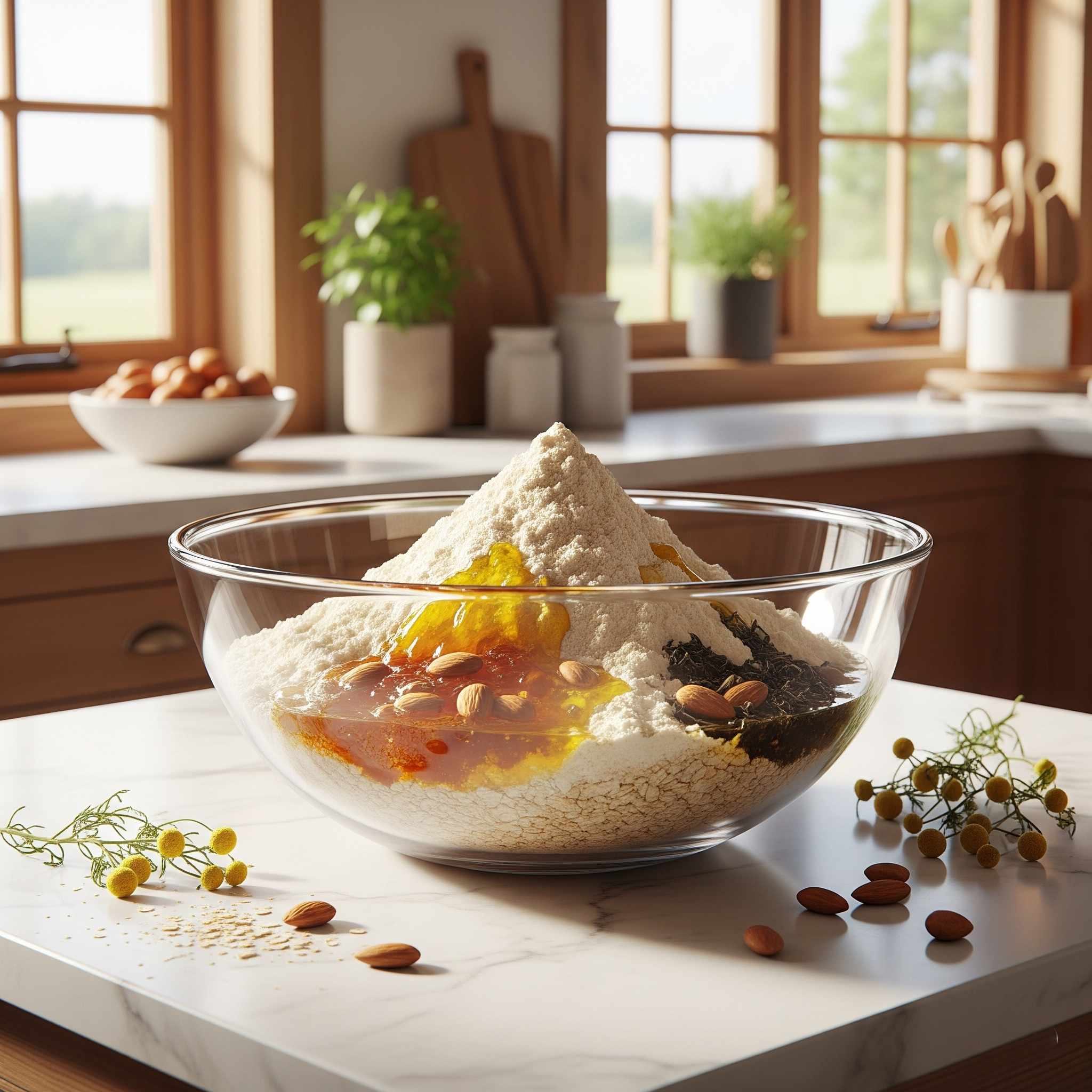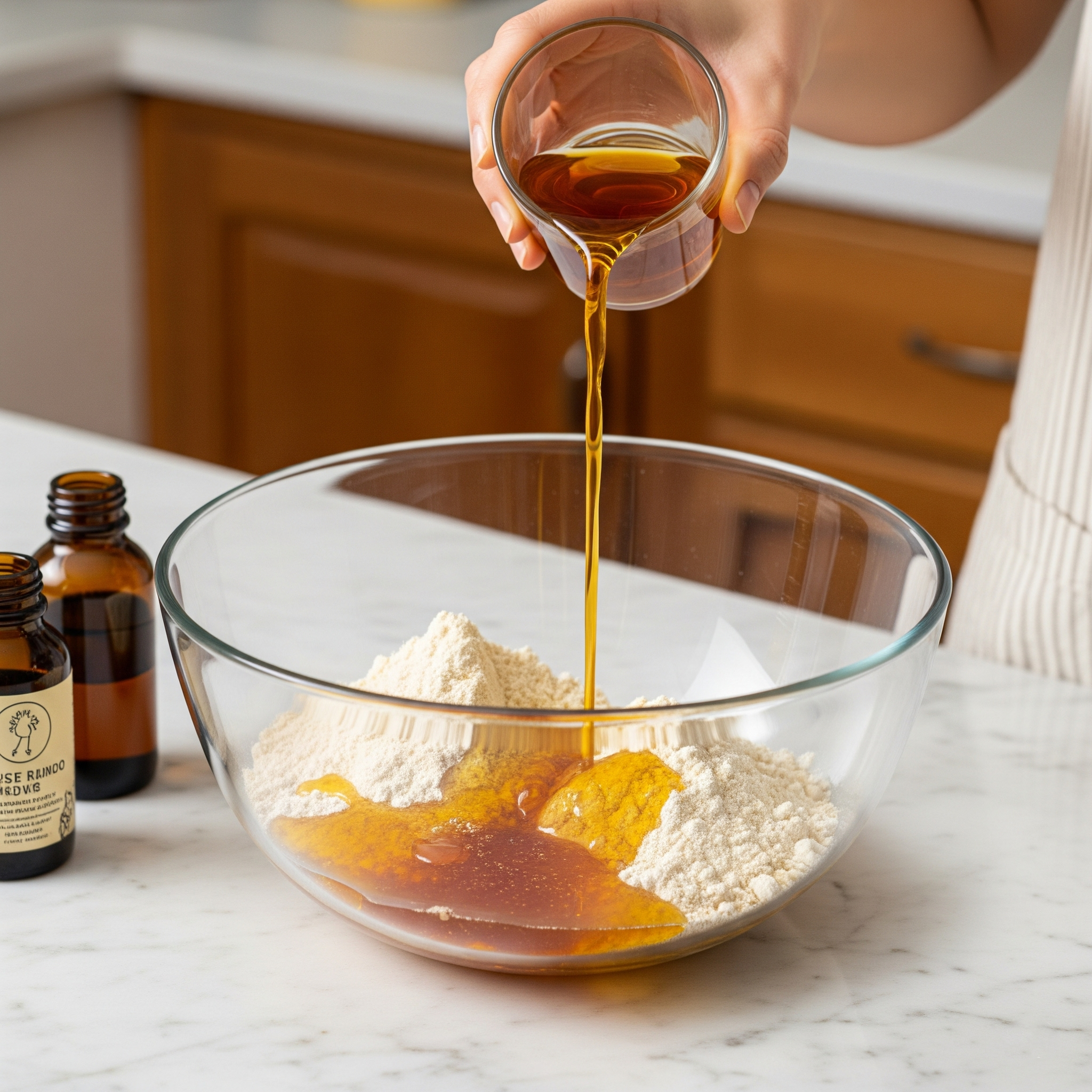Top reasons to use chamomile for your skin health and glow
If you're seeking a gentle yet powerful solution to calm irritated, sensitive, or inflamed skin, chamomile could be the answer. Known for its calming properties in teas and aromatherapy, this humble herb has a long-standing reputation in traditional medicine—dating back to ancient Egypt, Greece, and Rome—for healing wounds and skin irritation. But thanks to modern research, chamomile is now widely recognized for its remarkable skincare benefits.
From easing inflammation and redness to helping with acne and signs of aging, chamomile offers a multi-targeted approach to skincare—all while being exceptionally gentle on the skin. Let’s explore the benefits of chamomile and how to incorporate it into your daily beauty routine safely and effectively.
Is chamomile good for your skin?
Absolutely. Chamomile is rich in flavonoids, antioxidants, and essential oils that contribute to its soothing, anti-inflammatory, and healing effects. It helps reduce irritation, protect the skin barrier, and promote faster cell regeneration. Whether applied as an extract, oil, tea-infused mask, or part of your skincare product lineup, chamomile works well across all skin types—especially for those with sensitive or inflamed skin.
Ancient civilizations crushed chamomile flowers to treat wounds and sun irritation. Today, clinical research supports its benefits in managing acne, redness, premature aging, and even minor wounds.
What types of chamomile are used in skincare?
Two primary types of chamomile are commonly used in skincare:
-
Roman chamomile (Chamaemelum nobile): Often referred to as “true chamomile,” it is best known for its soothing aroma and mild sedative effect.
-
German chamomile (Matricaria chamomilla): Contains higher concentrations of chamazulene, a potent antioxidant and anti-inflammatory compound, which gives it stronger therapeutic effects.
Both types are used in herbal products and cosmetics, though German chamomile tends to be more effective for skin concerns due to its higher bioactive content.
Other lesser-known types, like Moroccan or Cape chamomile, exist but are rarely used in mainstream skincare.
What makes chamomile effective for skin?
Chamomile’s strength lies in its rich composition of natural compounds:
-
Chamazulene: A potent antioxidant and anti-inflammatory component.
-
Apigenin: A flavonoid that helps reduce oxidative stress and skin aging.
-
Bisabolol: A soothing agent that calms redness and accelerates healing.
-
Phenolic compounds: These contribute to antioxidant protection and help defend the skin from free radicals.
Together, these ingredients make chamomile a powerful ally in managing a wide variety of skin concerns.
Top 6 skin benefits of chamomile
1. Calms skin inflammation
Chamomile is well known for its ability to reduce inflammation, both chronic and temporary. Whether your skin is reacting to an allergic response, sunburn, acne, or environmental stressors, chamomile can reduce swelling and soothe discomfort.
Studies have shown that chamomile may even reduce DNA damage caused by UV exposure—helping to protect skin from long-term harm. [1][2]
2. Reduces redness and irritation
If you struggle with facial redness from rosacea, dermatitis, or general sensitivity, chamomile’s calming effects can make a visible difference. Its natural anti-inflammatory compounds help soothe the skin, ease discomfort, and restore a more even tone.
When inflammation subsides, so does the red, blotchy appearance—making your complexion look calmer and healthier.
3. Provides anti-aging benefits
Chamomile is packed with antioxidants such as flavonoids and phytochemicals that neutralize free radicals—unstable molecules responsible for premature skin aging. These compounds help stimulate cell renewal, increase collagen production, and reduce the appearance of fine lines, wrinkles, and age spots. [3][4]
Over time, regular use of chamomile-infused products can improve skin elasticity and firmness.
4. Supports sensitive skin
Chamomile is one of the most skin-friendly herbs out there. It helps inhibit prostaglandins—compounds that trigger inflammation in the skin. That’s why it’s especially recommended for individuals with sensitive, allergic, or reactive skin types.
It’s gentle enough to be used around the eyes and can help calm eczema, rosacea, or skin that is easily irritated.
5. Treats acne and blemishes
Thanks to its antibacterial and anti-inflammatory properties, chamomile is effective against acne breakouts. It helps reduce swelling and pain caused by pimples while minimizing redness.
According to Prajkta Sapre, a cosmetic technology expert at SkinKraft, “Chamomile can be used against acne breakouts. It acts as an anti-inflammatory to reduce the inflammation caused by acne. You can team it up with lavender essential oil as it also has skin-soothing properties and reduces acne scars. However, these oils are to be used with carrier oils and in a lower concentration.”
6. Speeds up wound healing
Historically used to treat battle wounds, chamomile continues to be valued for its wound-healing effects. It accelerates skin regeneration and minimizes scarring.
Applied in the form of compresses, ointments, or infused oils, chamomile helps heal minor cuts, scrapes, and insect bites faster—while keeping the skin soft and moisturized.
How to use chamomile for skincare
Chamomile can be applied topically in various DIY forms or through commercially formulated products. Below are some effective ways to make the most of chamomile in your daily skincare routine:
1. Chamomile face mask
Ingredients:
-
1 chamomile tea bag
-
1 tablespoon honey
-
1 tablespoon aloe vera gel
-
A small amount of hot water
How to prepare:
Steep the tea bag in hot water for a few minutes. Mix honey and aloe vera in a bowl, then add a few teaspoons of the tea. Blend well into a smooth mask.
How to use:
Apply to clean skin and leave on for 15 minutes. Rinse with warm water and pat dry.
2. Chamomile exfoliating scrub
Ingredients:
-
1 chamomile tea bag
-
1 tablespoon sugar
-
1 tablespoon honey
How to prepare:
Steep the tea. Mix sugar and honey in a bowl, then stir in a bit of the tea until you reach a gritty texture.
How to use:
Gently massage onto the skin in circular motions for 3–5 minutes. Rinse and follow with moisturizer.

3. Chamomile and oatmeal face pack
Ingredients:
-
1 chamomile tea bag
-
1 tablespoon powdered oatmeal
-
2 tablespoons honey
-
2–3 drops of almond oil

How to prepare:
Empty the tea bag into a bowl. Mix with oatmeal, honey, and almond oil. Stir into a smooth paste.

How to use:
Apply to face and leave on for 15 minutes. Rinse off and follow with your skincare routine.
Other ways to use chamomile
-
Chamomile steam facial: Add chamomile tea bags or dried flowers to a bowl of hot water. Lean over and steam your face to open pores and soothe irritated skin.
-
Chamomile toner: Brew chamomile tea, let it cool, and pour into a spray bottle. Use as a hydrating facial mist or toner.
-
Chamomile bath soak: Add chamomile tea or essential oil to warm bathwater to calm skin and relieve body irritation.
-
Drinking chamomile tea: Reduces internal inflammation and supports skin health from within.
Precautions and potential side effects
Chamomile is generally safe for most skin types, including sensitive skin. However, it’s still important to:
-
Do a patch test: Especially if you have known allergies to ragweed, daisies, or marigold (all in the same plant family as chamomile).
-
Use diluted essential oils: Always mix chamomile essential oil with a carrier oil (like jojoba or almond oil) before applying to the skin.
-
Store products properly: Chamomile-infused DIY mixtures should be used fresh or stored for a limited time to avoid bacterial growth.
-
Avoid during pregnancy if unsure: Some forms of concentrated chamomile oil are best avoided during pregnancy unless approved by a doctor.
Final thoughts
Chamomile is more than just a calming tea—it’s a time-honored botanical with real skin-healing power. Whether you want to reduce redness, treat acne, slow down aging, or just pamper sensitive skin, chamomile offers a natural, soothing, and safe solution.
With its anti-inflammatory, antibacterial, and antioxidant properties, chamomile fits beautifully into any skincare routine. You can use it in masks, scrubs, compresses, oils, or even drink it to support your skin from the inside out.
As always, introduce new ingredients gradually and observe how your skin responds. But with chamomile, chances are you’ll be adding a new favorite to your beauty shelf.
